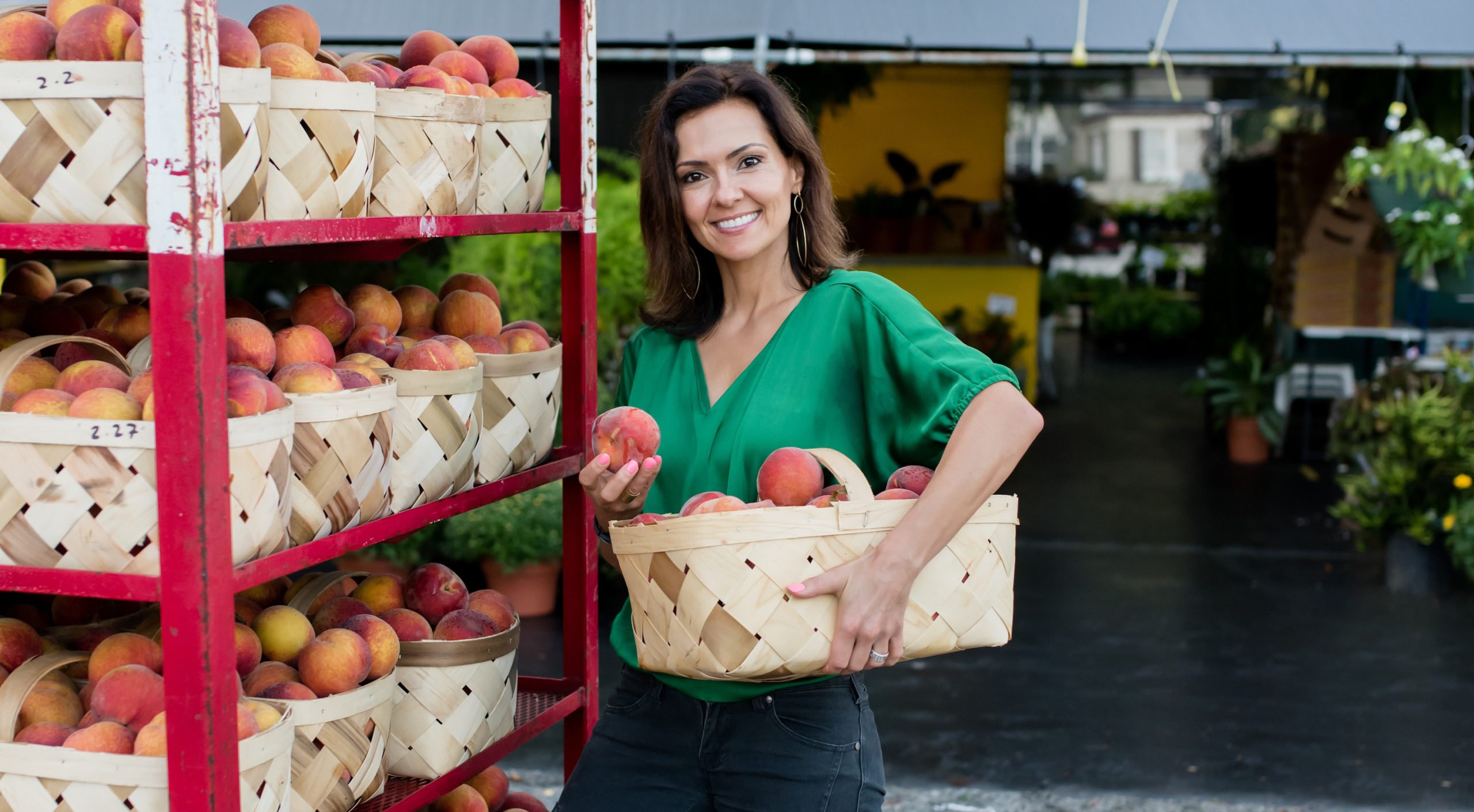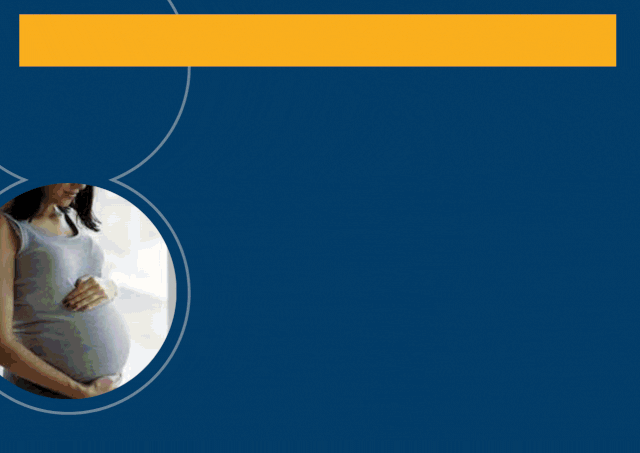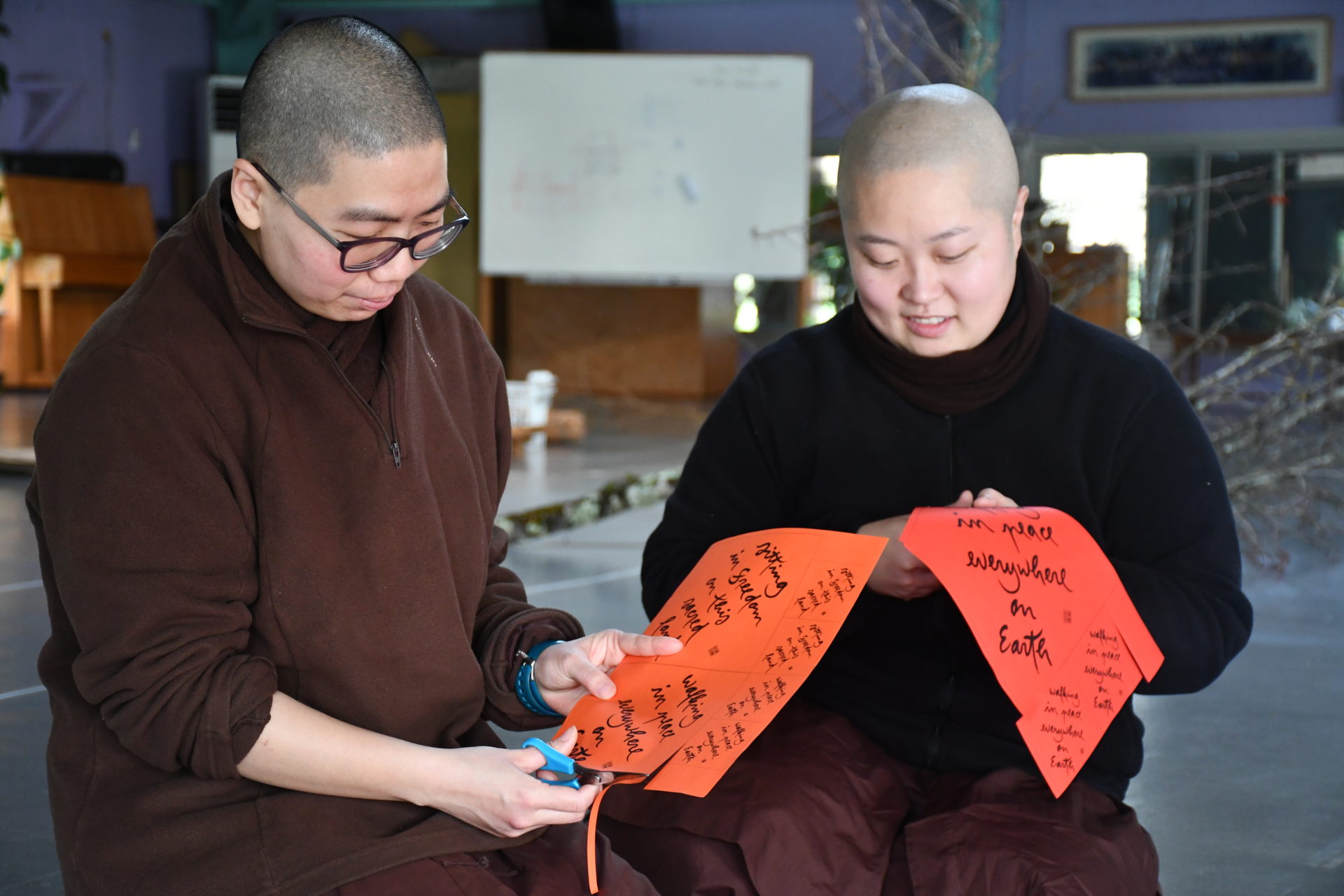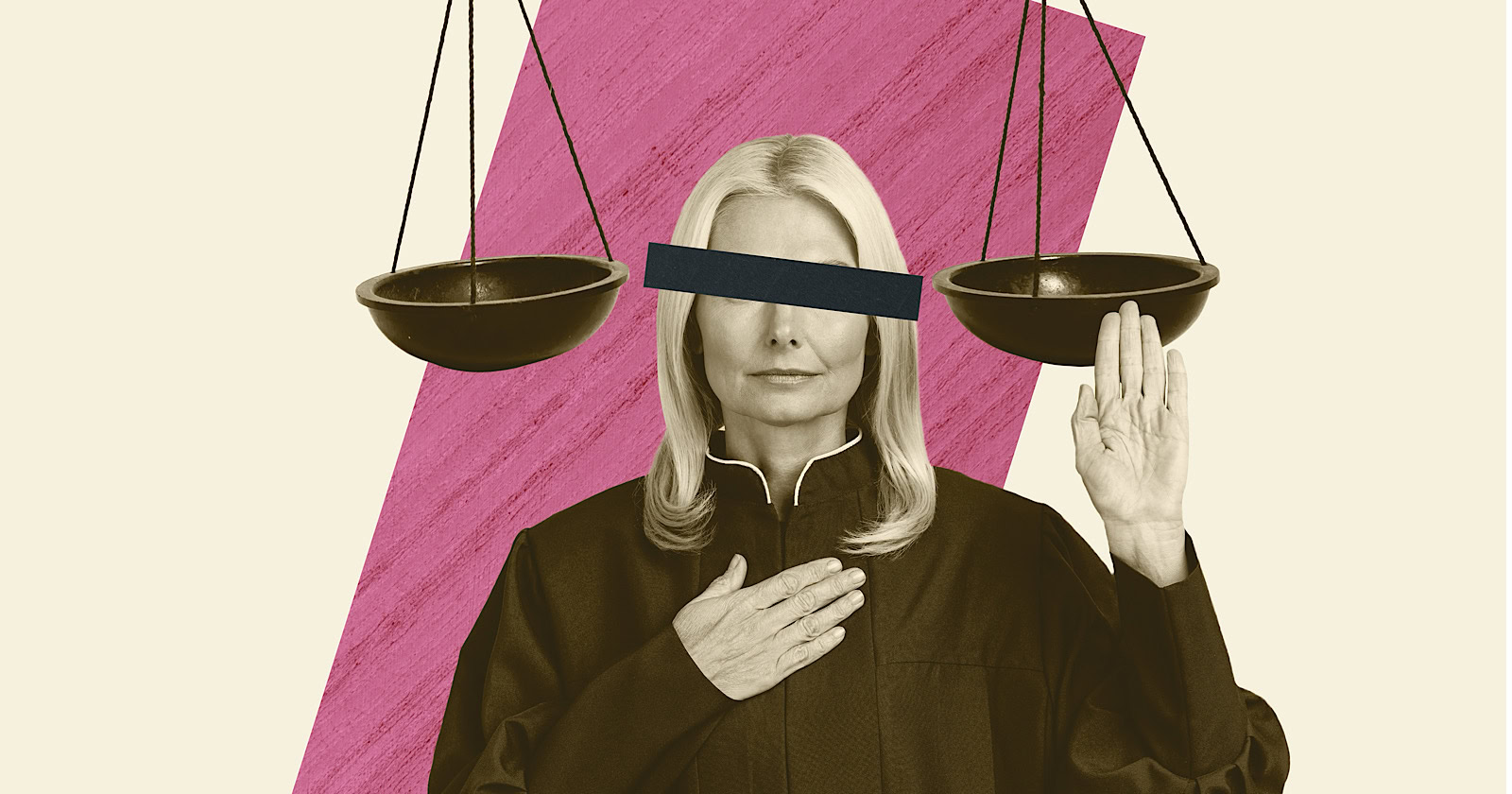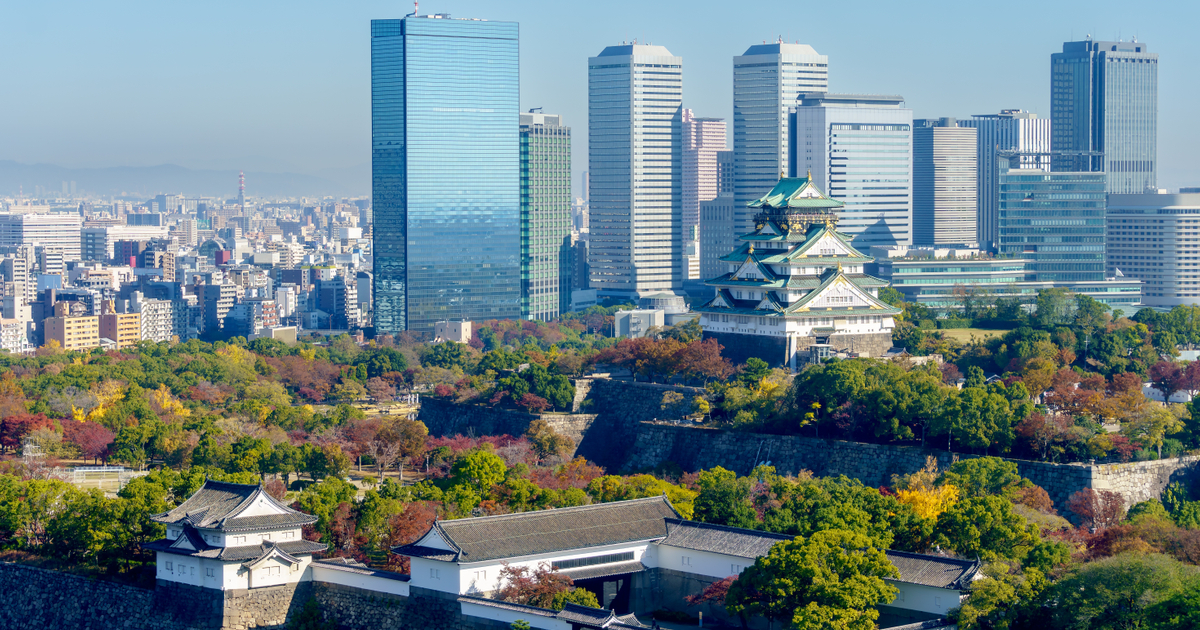True Refuge in an Uncertain World
We’re all aware of the suffering rooted in a range of complex issues: the climate crisis, social injustices, violence, and global conflicts, to name a few. So overwhelming are these issues that our capacity to cope is limited, and...
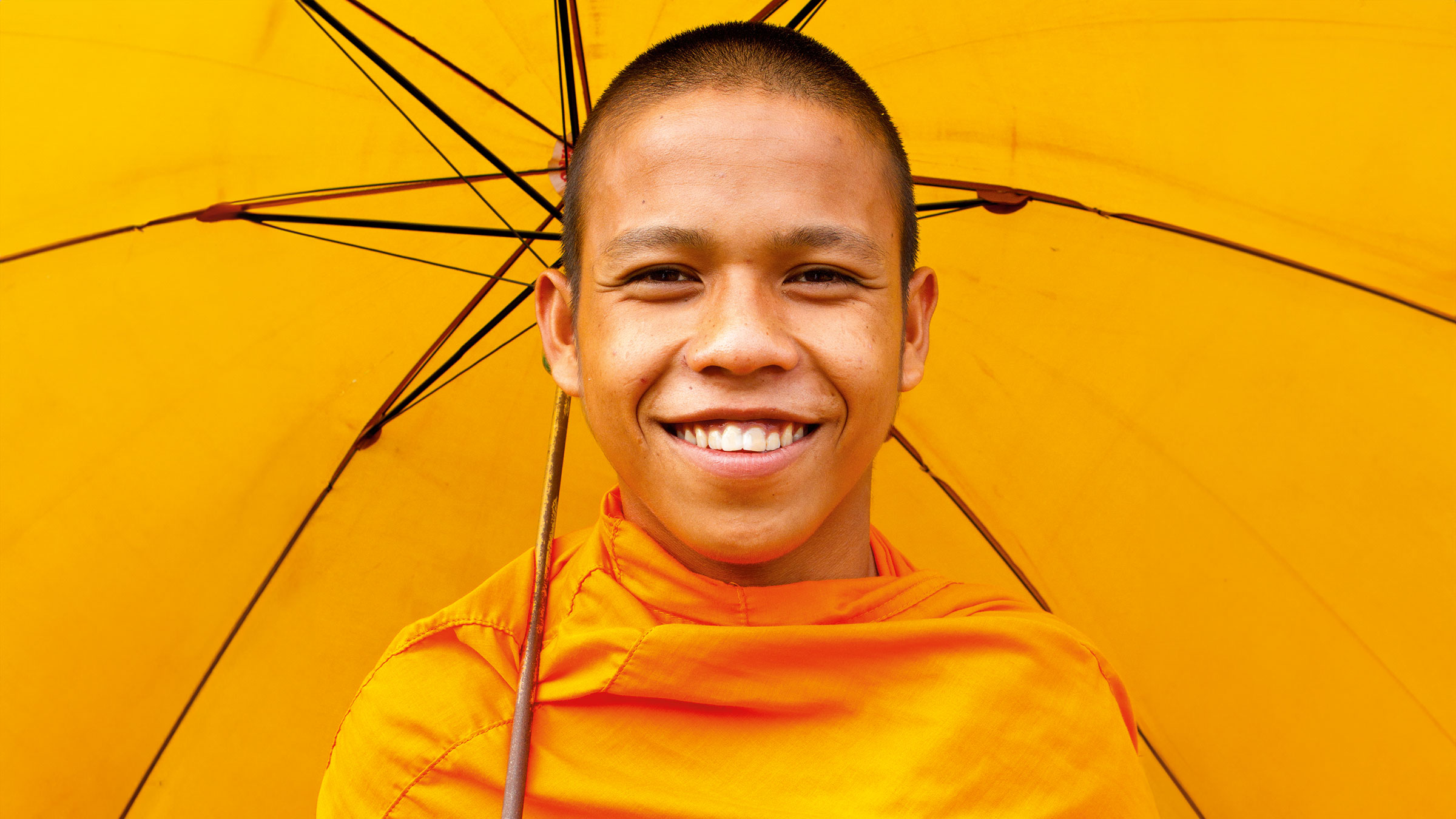
We’re all aware of the suffering rooted in a range of complex issues: the climate crisis, social injustices, violence, and global conflicts, to name a few. So overwhelming are these issues that our capacity to cope is limited, and we default to our habit of running away. We invest time and energy pursuing fleeting pleasures, but this only creates further dissatisfaction. Dedicating ourselves to the pursuit of wealth, fame, sex, and power, we’re unwilling to recognize that no amount of these will ever be “enough.” By trying to take refuge in transient objects of craving, we exhaust ourselves and feel even more lost, overwhelmed, and ungrounded.
We invest in transient things because we can’t bear to be with ourselves. Most of us don’t have practices to take care of the pain that’s present in us both individually and collectively. If we mask our loneliness, anxiety, and insecurity, our internal world remains unexamined. This is precisely why running after fame, wealth, and power doesn’t work as a true refuge—it distracts us from ourselves, and from what really matters.
In Buddhism, when we practice stopping and looking deeply, we learn to surrender ourselves to the present moment. In the present moment, our mindful breathing becomes an anchor that brings our mind home to our body, allowing us to not be lost in the past or future. When we’re at home in our body, we feel what’s present. Our existence is no longer an intellectual exercise but an experience. By feeling what’s present, we have an opportunity to care for and transform ourselves. We stop running away from our pain and learn to accept, embrace, and understand it. With understanding, we have a path of healing, transformation, and love. When we can offer such opportunities to ourselves, we then have the capacity to offer them to our loved ones, our communities, and ultimately, to the world.
“Taking refuge in the three jewels is taking refuge in our capacity of awareness, compassion, and enlightenment.”
Unlike the pursuit of money, power, sex, and fame, the three jewels—the Buddha, dharma, and sangha—are there as a wholesome refuge; they offer us energy and support and lead us in the direction of inner freedom and lasting joy. We can see the three jewels as a source of strength, protection, and nourishment, which is necessary to address the very real suffering of our times.
Taking refuge in the three jewels has long been a formal way to declare one’s commitment to the Buddhist path, a path dedicated to the understanding and cessation of suffering. Taking refuge is the commitment to moral and ethical cultivation—a practice that’s alive and continuously evolving. The three jewels are a source of spiritual protection and energy that allows us to fully engage with each moment—taking in and understanding everything as it is.
The Buddha is our original teacher, but we should not be caught in perceiving the Buddha as a god. He’s an example of what the embodiment of mindfulness, concentration, and insight can look like in this very world. The Buddha is made of non-Buddha elements. The becoming of the Buddha could only have happened through myriad causes and conditions: his own suffering, the support of teachers that went before him, the care of the community, and many others. And of course, the Buddha has inspired many subsequent teachers on their own paths of understanding and love. So, we may initially think of this first jewel, the Buddha, as representing just one person, but when we look more deeply, we see many expressions and manifestations of the Buddha across time and space.
Budh means awakening, and each one of us has the potential of awakening. Taking refuge in the Buddha is to nurture our own capacity for enlightenment. It’s declaring the faith in our capacity to transform suffering and generate well-being, joy, and insight for ourselves and the world. Understanding that we have the seed of awakening, we practice to see that others also have it in them as well. Taking refuge in the Buddha becomes a practice of seeing buddhanature in all.
Taking refuge in the dharma means to apply the wisdom of the Buddha’s teachings. In the Plum Village tradition, we speak of the living dharma. That is, we must be able to apply the teachings of the dharma in our daily life. The spoken dharma and the written dharma must also be the living dharma. Our daily practice of stopping and looking deeply breathes life into the dharma; this is how the dharma nourishes us and we nourish the dharma. In this way, we understand that taking refuge in the dharma isn’t limited to the practice of studying or recitation of the sutras. It’s about being committed to cultivating a path, a set of guiding means we can use to transform our suffering, others’ suffering, and the planet’s suffering. To say, “I take refuge in the dharma” means to embody the teachings of the Buddha in ways that are relevant right now. It means to ask ourselves, “How can I bring these teachings to life?” My teacher, Thich Nhat Hanh, spent his life renewing the Buddhist teachings, making them accessible and applicable to modern conditions, so that the living dharma could touch the hearts of many people. There’s joy while practicing the dharma, and the joy of meditation is our daily food.
The third of the three jewels is the sangha, or community of practice. In the sangha, the Buddha is alive, there’s collective care for the seed of awakening, and everyone is an expression of the living dharma. The sangha is a living, breathing body that’s a manifestation of the other two jewels.
To take refuge in the sangha, we must see ourselves as one with the sangha and as reflected in it. Historically, the sangha was understood as the community of monastics. But in the Plum Village tradition our understanding of sangha has evolved to encapsulate our dynamic, living, manyfold community of monastics and lay practitioners. Sangha can be understood as even more than a conscious community of human beings. Looking deeply, we see all of Mother Earth as part of our sangha body. We see the sangha body is everywhere.
As a practitioner, I feel responsible for cultivating my own connection to the three jewels. I aspire for my practice of taking refuge in them to be authentic, with the practice supporting me in tending to each moment. For me, taking refuge in the sangha is the commitment to cultivate wholesome relationships where I deepen my practice of trust and care, especially when my buddha and dharma energies are weak. Taking refuge in the sangha, I know the three jewels work in harmony together—that they inter-are—and therefore my buddha and dharma energies recharge by joyfully being together with my community of practice in all its manifestations.
Sometimes, when we encounter difficulties in our spiritual practice, we think the problem lies outside of ourselves. We may think the dharma is no longer effective, or we worry that our sangha isn’t perfect. However, if we look more deeply, we see the dharma is none other than our own practice of mindfulness, concentration, and insight. We also see the sangha isn’t separate from us—we are the sangha. And just like the Buddha, we’re all human beings who have experienced suffering and who also have the capacity to cultivate joy, courage, and peace. This capacity to awaken is present within us, and taking refuge in the three jewels in ourselves is a wonderful way to nourish it. Taking refuge in the three jewels is taking refuge in our capacity of awareness, compassion, and enlightenment.
The three jewels can be a lifeline for us in trying times, but we can’t only go for refuge when things get tough. The three jewels are always available, and our trust in them is strengthened through engaging with them as a daily practice. Taking refuge is both a path of practice and a fruit of practice. When we experience transformation and healing directly, the three jewels become concrete for us. But without a practice, without that direct experience, our faith is abstract, and it may not be enough when things feel hopeless. By regularly connecting with the three jewels, we polish these jewels in our own hearts, and they shine brightly, leading us out of the dark.
Br. Phap Huu is the abbot of Plum Village’s Upper Hamlet. His favorite practices are walking meditation and organizing retreats.

 Konoly
Konoly 









